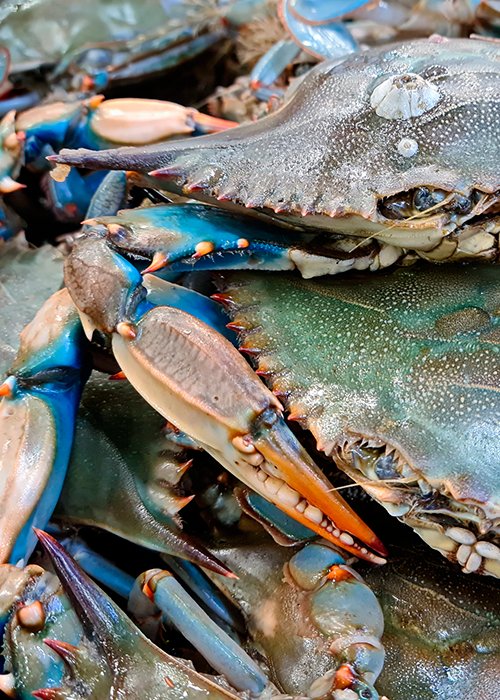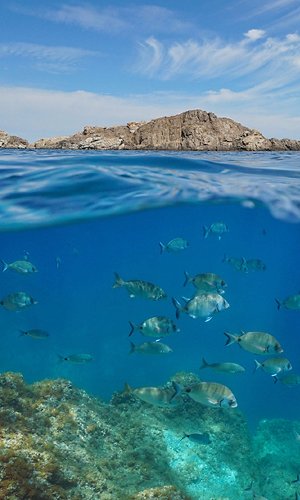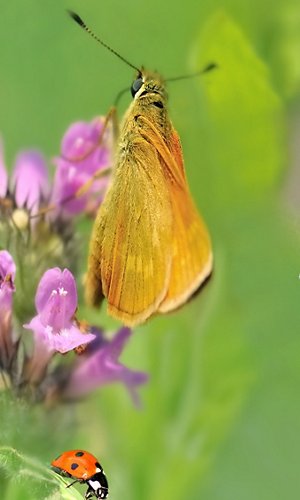Invasive alien species are among the main causes of loss of global biodiversity, according to the ‘Assessment Report on Invasive Alien Species and their Control’ published by the Intergovernmental Science-Policy Platform on Biodiversity and Ecosystem Services (IPBES).
The study, which involved 86 experts from 49 countries around the world for four years, states that in addition to pollution, land and sea use change, exploitation of organisms and climate change, invasive species cause 60% of plant and animal extinctions. According to the Ipbes report, more than 37,000 alien species have been introduced by human activities into all regions and biomes of the Earth. Some, such as mosquitoes, rats and termites, “hitchhiked” their way along global trade routes, bringing disease, damage to crops, buildings and furniture. The current rate of introduction, establishment and spread of alien species is progressing at a pace unprecedented in human history, around 200 species per year. At least 3,500 species, almost a tenth of the total number of alien species, are classified as invasive aliens, i.e., capable of threatening the biodiversity of flora and fauna. The percentage of alien species known to be invasive ranges from 6% of all alien plants to 22% of all alien invertebrates.
The most invasive species were reported in the Americas (34% of all reports), followed by Europe and Central Asia (31%), Asia Pacific (25%) and Africa (7%). Three quarters of the reports concern terrestrial ecosystems, mainly temperate and boreal forests. Few reports concern marine ecosystems, marking the importance and priority of further monitoring of the phenomenon in these ecosystems as well.
In terms of flora, among the most globally widespread invasive alien species are the water hyacinth (Pontederia crassipes) and, in second place, the lantana (Lantana camara). Among the most globally invasive animal species, the first is the black rat (Rattus rattus). In Italy, the report points to the case of the blue crab (Callinectes sapidus), which is native to the Atlantic and has spread across the Mediterranean due to rising water temperatures.
The economic damage caused by invasive alien species is also very large, having quadrupled in the last half century: in 2019 it exceeded USD 423 billion per year, more than the estimated global costs of natural disasters. The authors found that the cost of biological invasions has increased by 400% every decade since 1970 and is predicted to continue rising in the years to come. The research estimates that 80% of countries worldwide are gearing up to manage invasive alien species in their national biodiversity plans but only a minority, 17%, have passed laws or regulations addressing the problem in detail.




